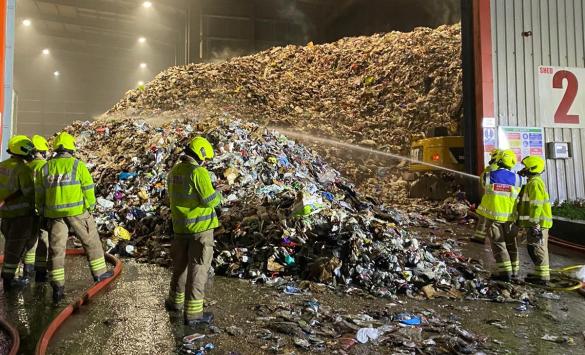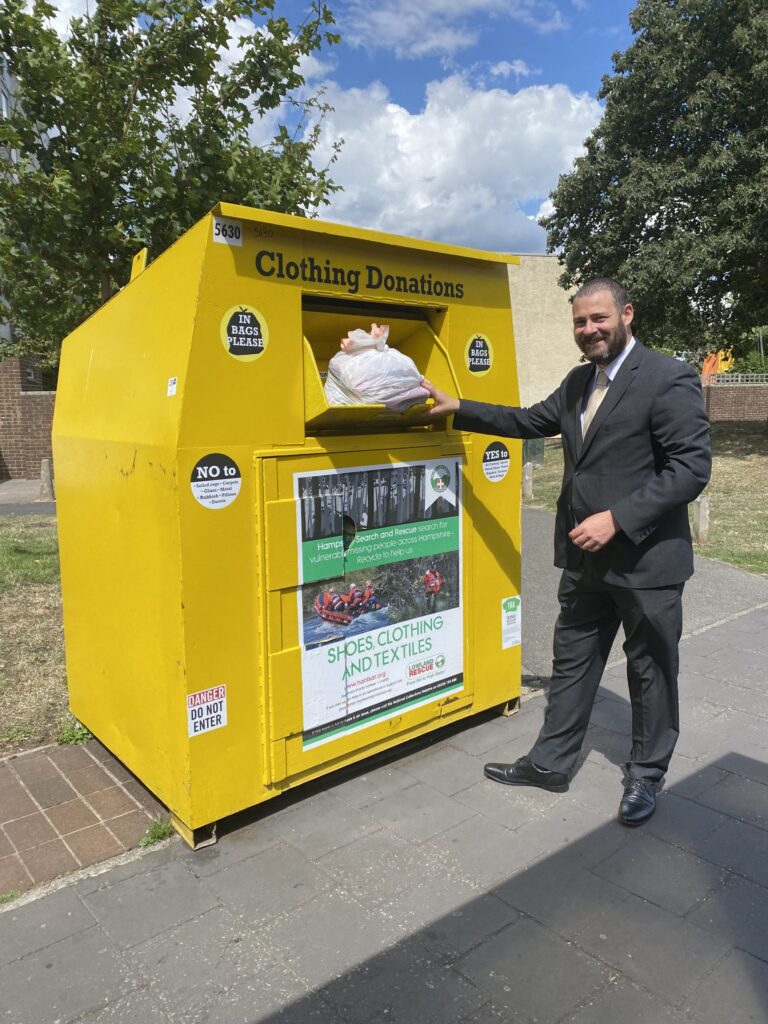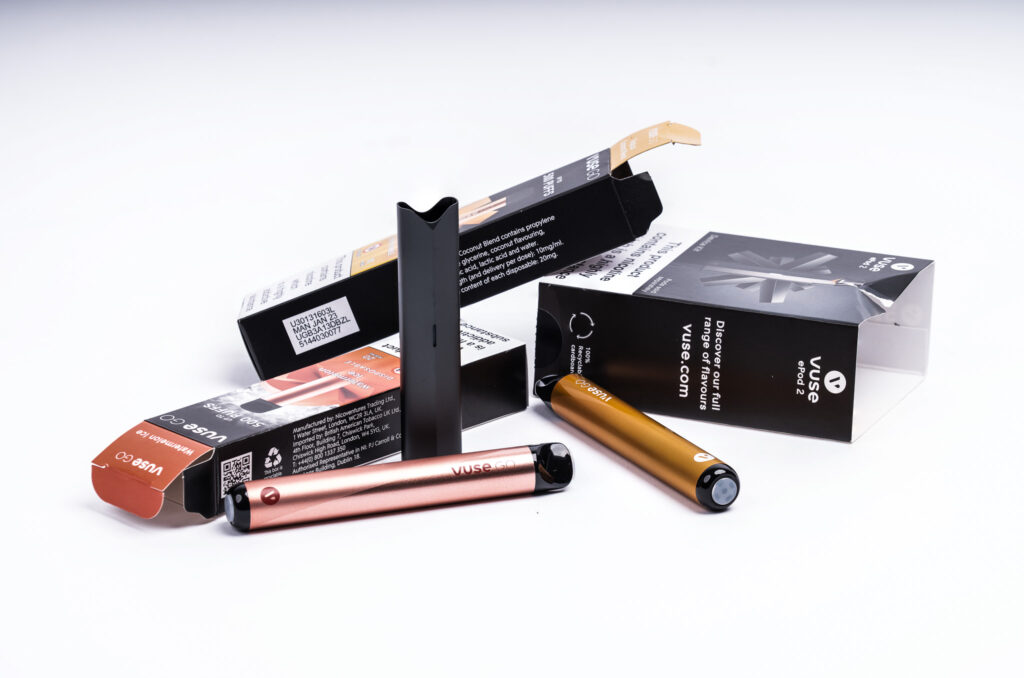At one level ‘localism' could be a welcome return of self-determination to our local councils, at another, it could be the Coalition Government's attempt at passing the buck to local government on issues they feel are just too hot to handle. Waste management may be one of those issues.
 Keith Riley is managing director for technical services at Veolia Environmental Services
Keith Riley is managing director for technical services at Veolia Environmental Services Every waste collection authority in the land guards protectively their right to specify the waste collection service they want in their area, but when it comes to hosting processing plants – an energy from waste (EFW) facility, anaerobic digester or even a recycling plant – the love affair can often turn into a strained relationship.
On the face of it, ‘localism' that puts the responsibility entirely on the shoulders of the local authority for its planning decisions could make obtaining planning permission for such plants much harder. Nobody yearns for them, and Councillors fear that voting in favour will lose them their seat at the next election. Under ‘localism', will what was seen to be difficult now become impossible?
SELCHP
The waste incinerators of 1960s/70s created an impression of being dirty, polluting and ugly industrial plants. In 1993, the South East London CHP (SELCHP) plant in South East London became the first new plant specifically designed to meet the much tighter emission limitations of the Waste Incineration Directive, which came into force in December 1996.
It was not only the pollution control, however, that set SELCHP apart from the previous generation. It was located in the heart of London and visual impact was very important. As a result, considerable thought was put into its appearance and although it seems to be no more than a cube, the plant is very large and without radical architectural treatment, it would have dominated the skyline.
A few of years behind SELCHP followed the then new Tyseley plant, guarding the gateway to Birmingham from the A31 and A34. Architecture was again a major consideration, but this time the prominence of the structure, standing on a ridge, was used to emphasise it, and it was enhanced with lighting that illuminated it standing proudly above the city.
Public consultation
Winning the hearts and minds of those making the decisions is no different today than it has ever been
Keith Riley, Veolia ES
Emphasis on ‘softer' aspects of the planning applications such as appearance and public consultation were common to both plants. It was realised that the waste plant now had to become part of the community and by the early 1990s consultation had become a necessary part of major applications. Display units were developed and exhibitions held on the development explaining why it was required.
SELCHP aroused an amount of local interest and an opposition group formed. Instead of fighting, however, a liaison group was created, and a representative of the group was even invited to attend the board meetings of the development company. In Birmingham, residents were used to the old incinerator and its replacement was more of a relief than a concern.
Whilst the community engagement by Veolia (then called Onyx) seems unexciting by today's standards, it was revolutionary at the time, and in Portsmouth where this approach was not used, the story was very different. A massive public outcry had resulted, and the application was dropped, leaving Hampshire County Council with severely limited waste disposal capability. The fact was that the community did not want it in the way it was being presented to them. A subsequent application with a more community focused approach presented in 1998 by Veolia was successful.
These early examples of modern-generation EfW plants taught that community aspects of a planning application process is vitally important and cannot be short cut.
The support that planning committee members feel they can give to an application is a function of the trust they have in the applicant's relationship with the community, and if that relationship is weak or aggressive, then the likelihood is that the member will support the community view over what may even be a pressing strategic need. So gaining planning permission for waste projects was very much a local matter in the 1990s, and it is no different today.
The recent shift in Government policy in investing almost absolute power of choice with the local planning authority, the impending Localism Act and the reduction in status of the IPC will have little impact on the reality of obtaining planning permissions for such waste projects. Winning the hearts and minds of those making the decisions is no different today than it has ever been.











Subscribe for free